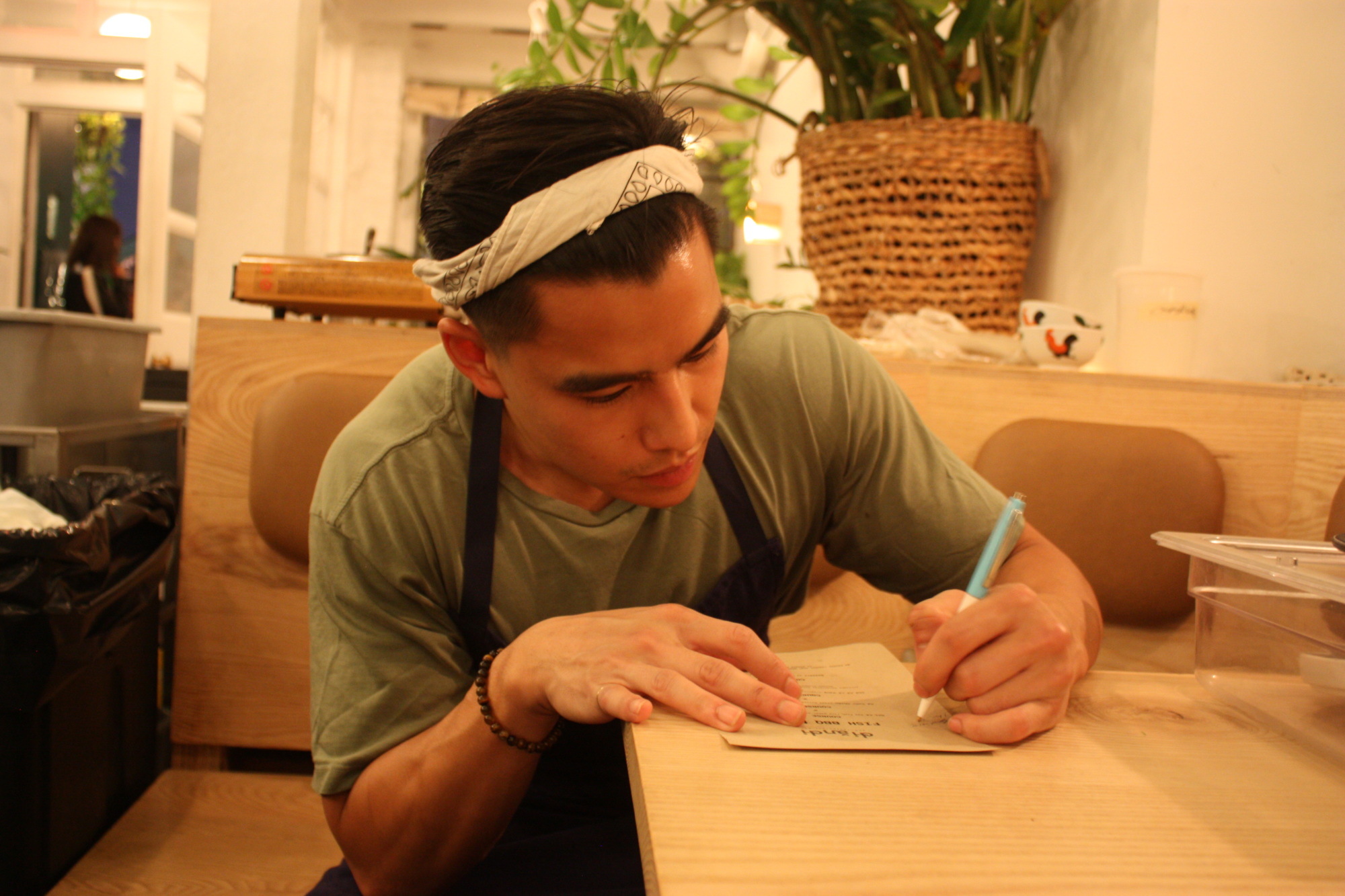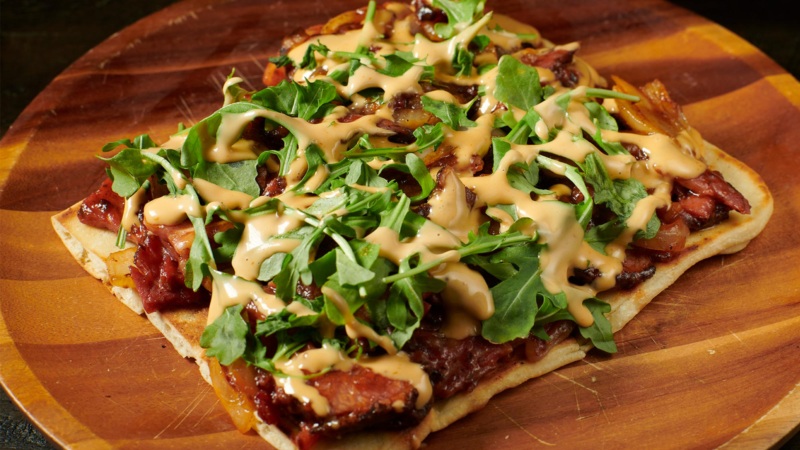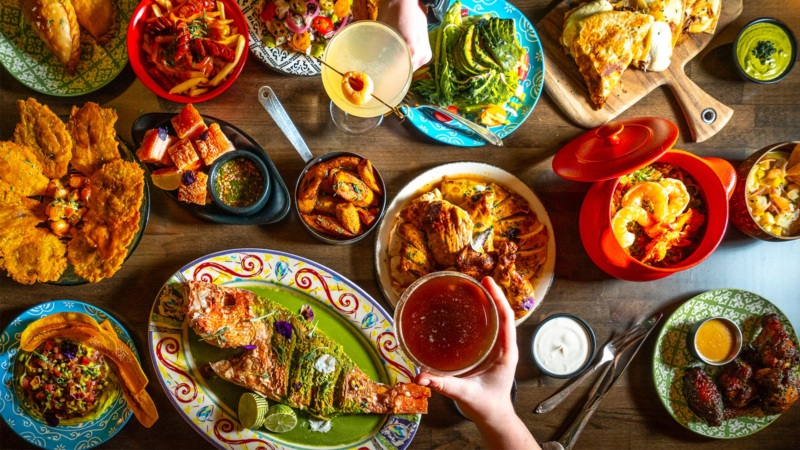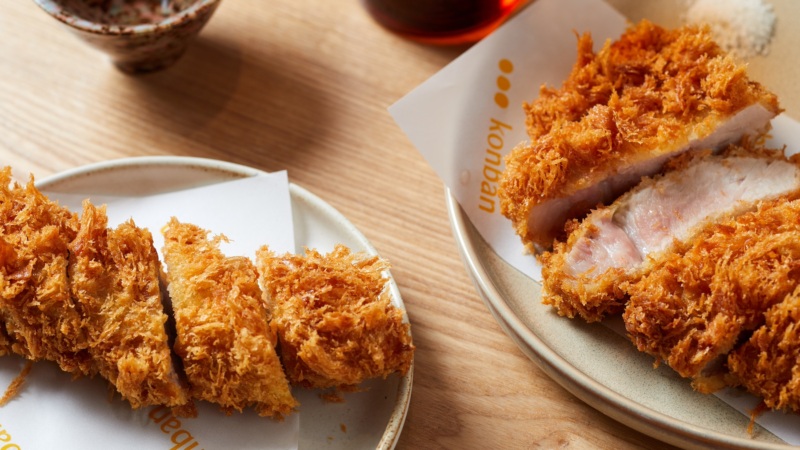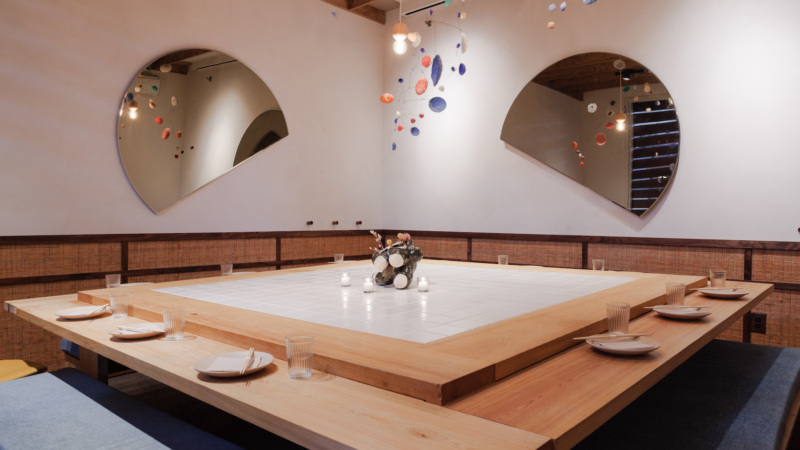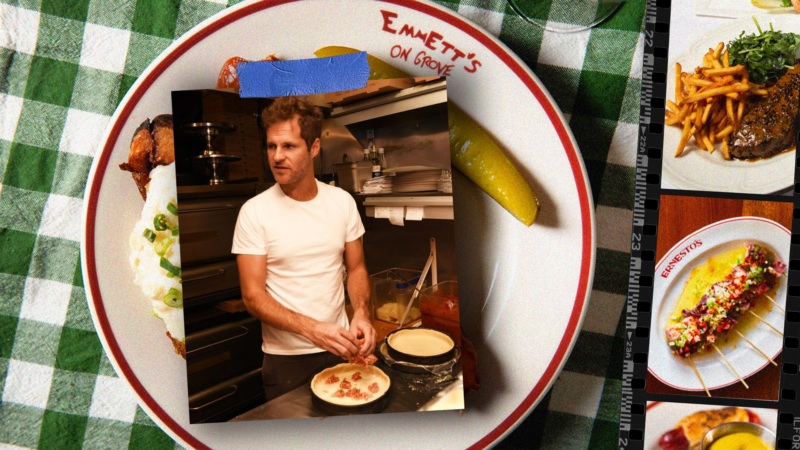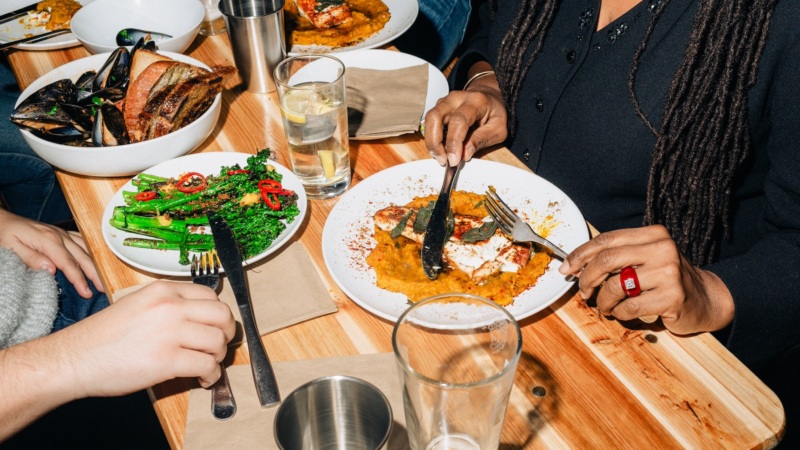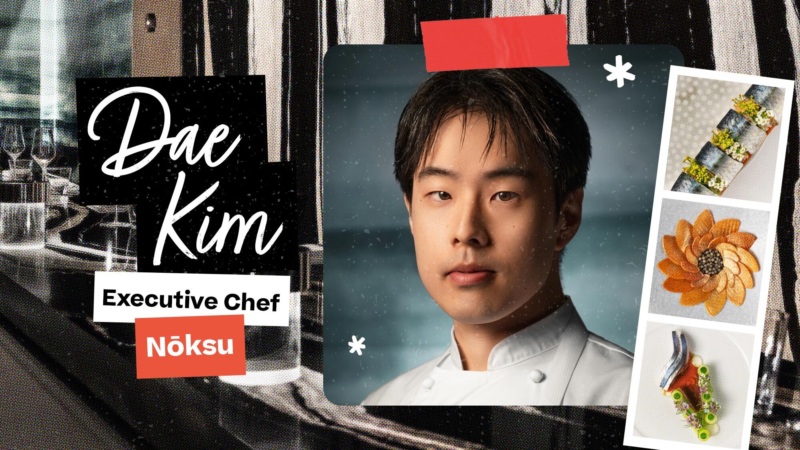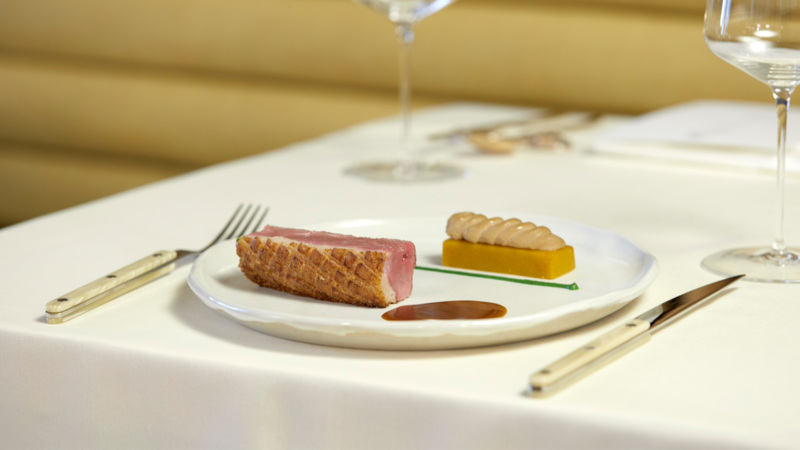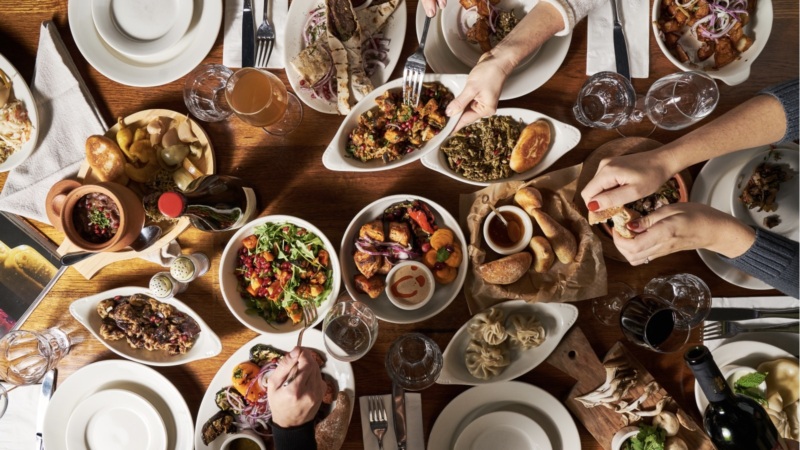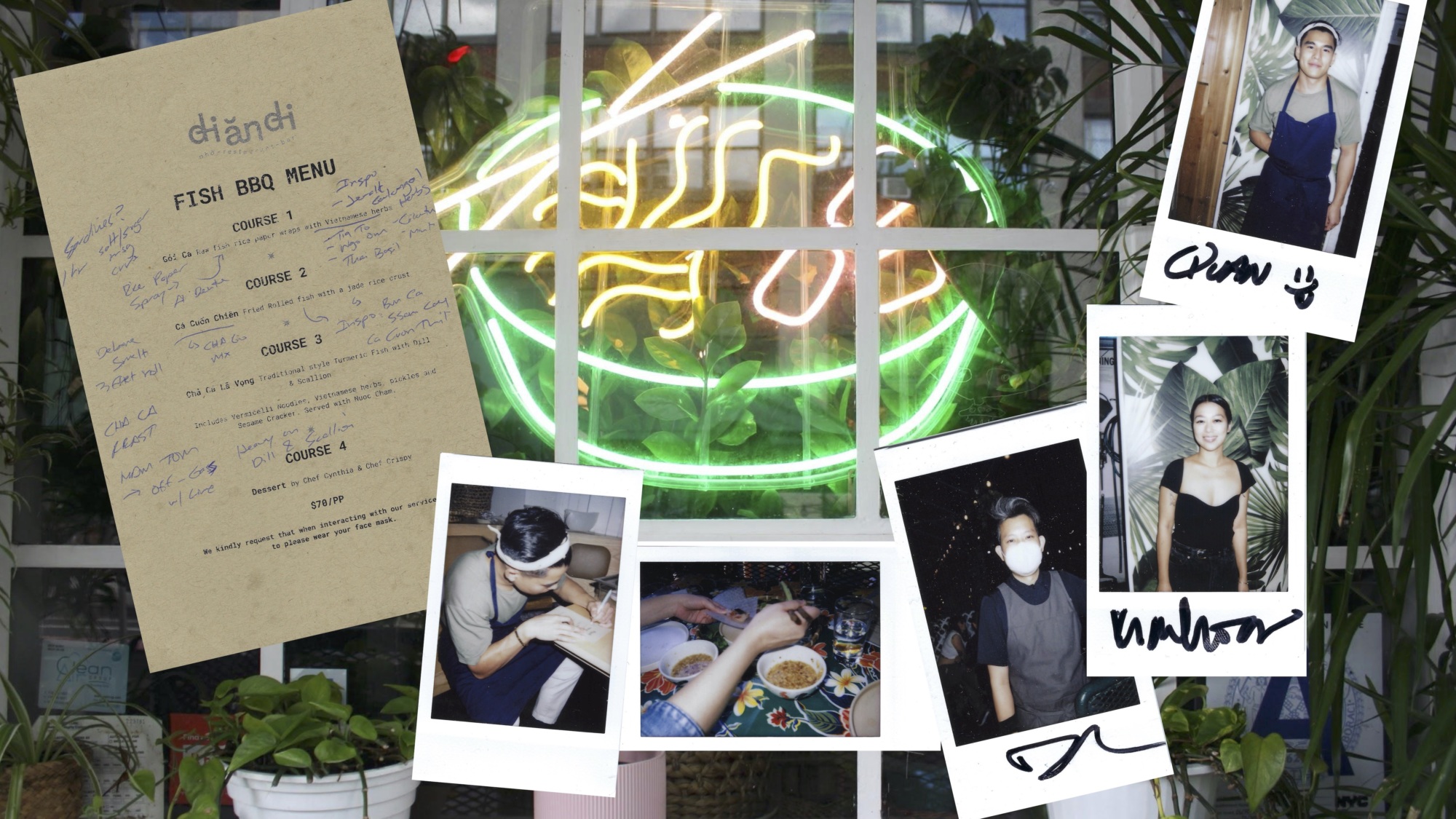
Eating Between the Lines With Brooklyn’s Di An Di
What secrets lie beneath the surface of a restaurant’s menu? As the roadmap to your meal, it’s your gateway to the magic that happens in the kitchen. It’s also the first tangible thing you’re presented with — though if you’re anything like us, you’ve probably looked it up way before you even booked your Resy. More than anything, a menu is the finalized product of countless culinary experiments, stories, and trials that you’ll likely never hear of. Until now.
Welcome to Eating Between the Lines, a new Resy series that takes you behind the scenes of your favorite restaurants through the eyes of the people who make it all happen. For this very first edition, we asked the team behind Greenpoint’s Di An Di to uncover the stories of their latest creation: the prix-fixe Fish BBQ menu.
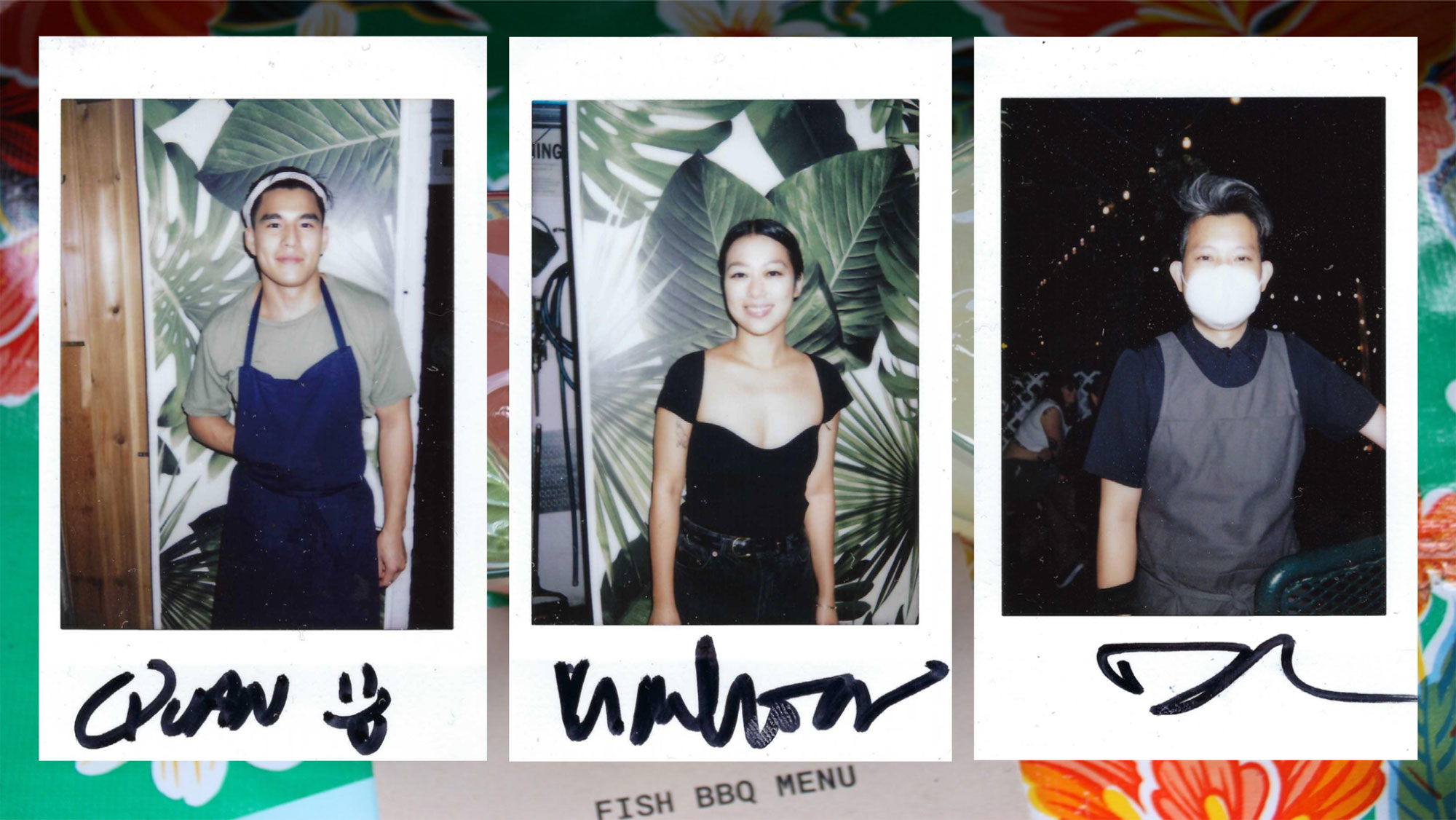
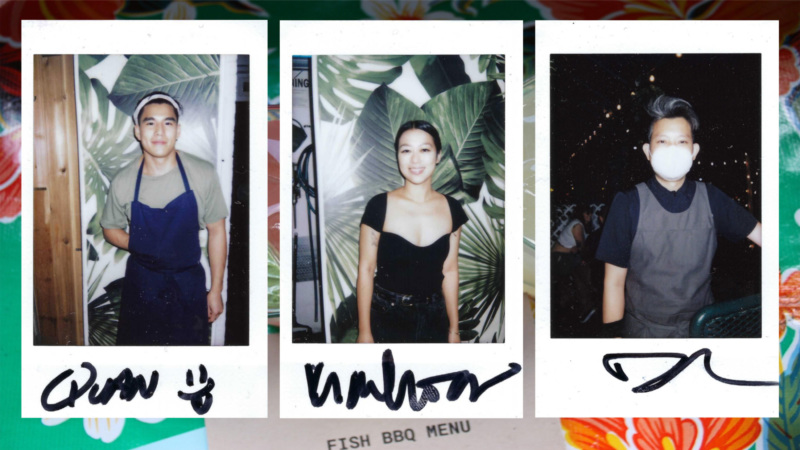
Di An Di opened in 2018 and ever since it’s been perpetually packed. Locals love it for its Vietnamese pizza, complex phos, and killer cocktails.
When the pandemic struck, the team not only kept the restaurant doors open, but innovated, doing things they could never do indoors, like grilling on actual tabletop barbecues. Now, under sous chef Quan Ngo’s lead, the kitchen has pieced together an intricate, fish-centric menu devised for COVID-era dining that ties together Quan’s childhood dishes his immigrant parents would make as he grew up in Flushing, Queens, and his food-filled trips to Vietnam.
Here, the Di An Di team gives us a deep dive into the Fish BBQ menu, which is available to book on Thursdays to Sundays, only on Resy.
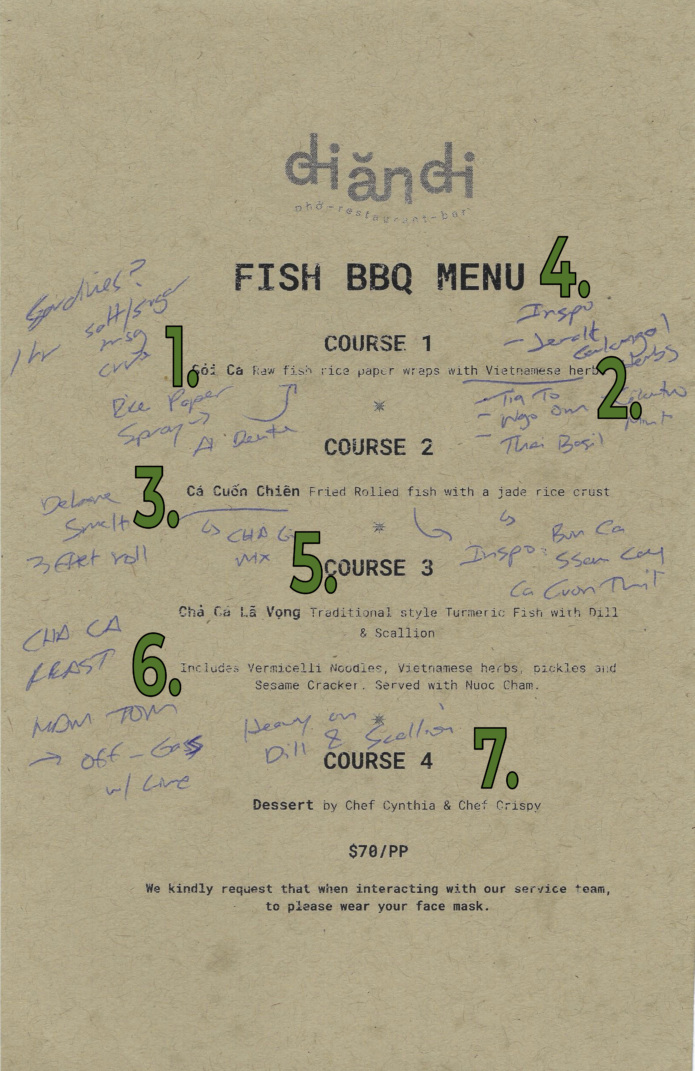
Gallery: Go Behind the Scenes of Di An Di’s Fish BBQ Menu
Book your outdoor Fish BBQ Resy here.
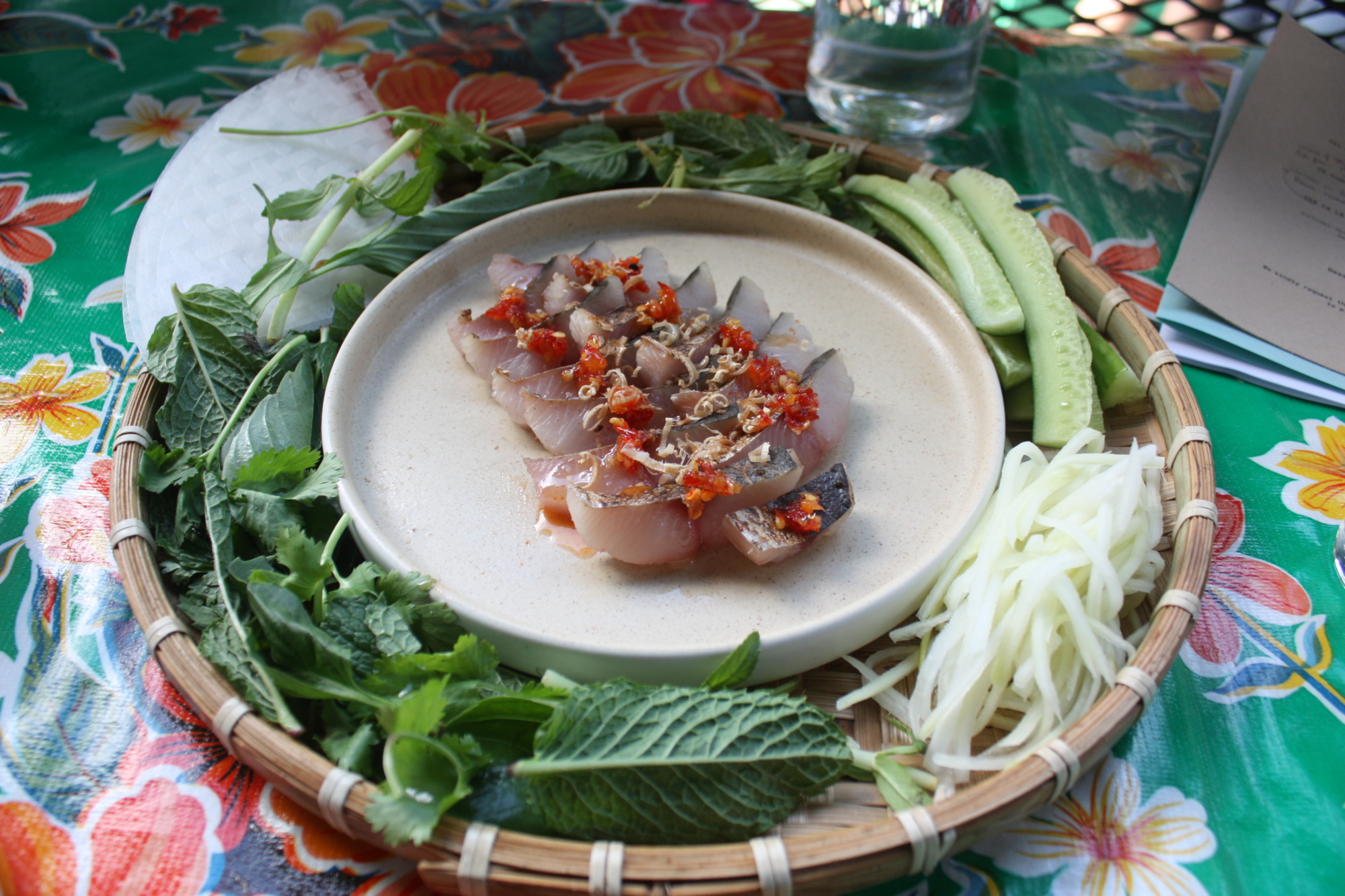
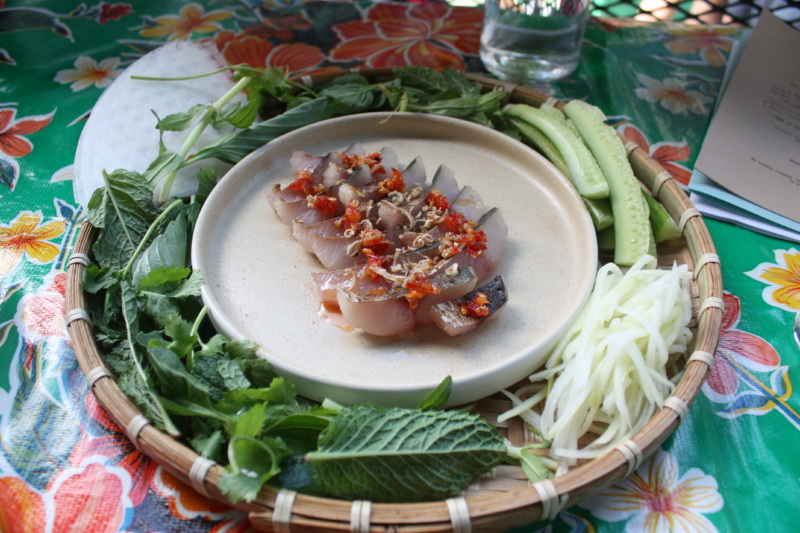
1. The Sleeper Hit
Your meal starts with an understated dish you definitely don’t want to sleep on: the gói cá, where diners are invited to assemble rice paper wraps with the ingredients on hand. “I honestly can’t decide what the star of the dish is — the raw Spanish mackerel or the herbs,” says Kim Hoang, managing partner and owner. But, among the many herbs you have at your disposal, the ngò ôm (rice paddy herb), she says, shines most. (Fun fact: Di An Di goes through 15 to 20 pounds of fresh herbs a week.)
NB: Chef-owner Dennis Ngo says there’s a chance this dish will make it onto the regular menu once indoor dining resumes.
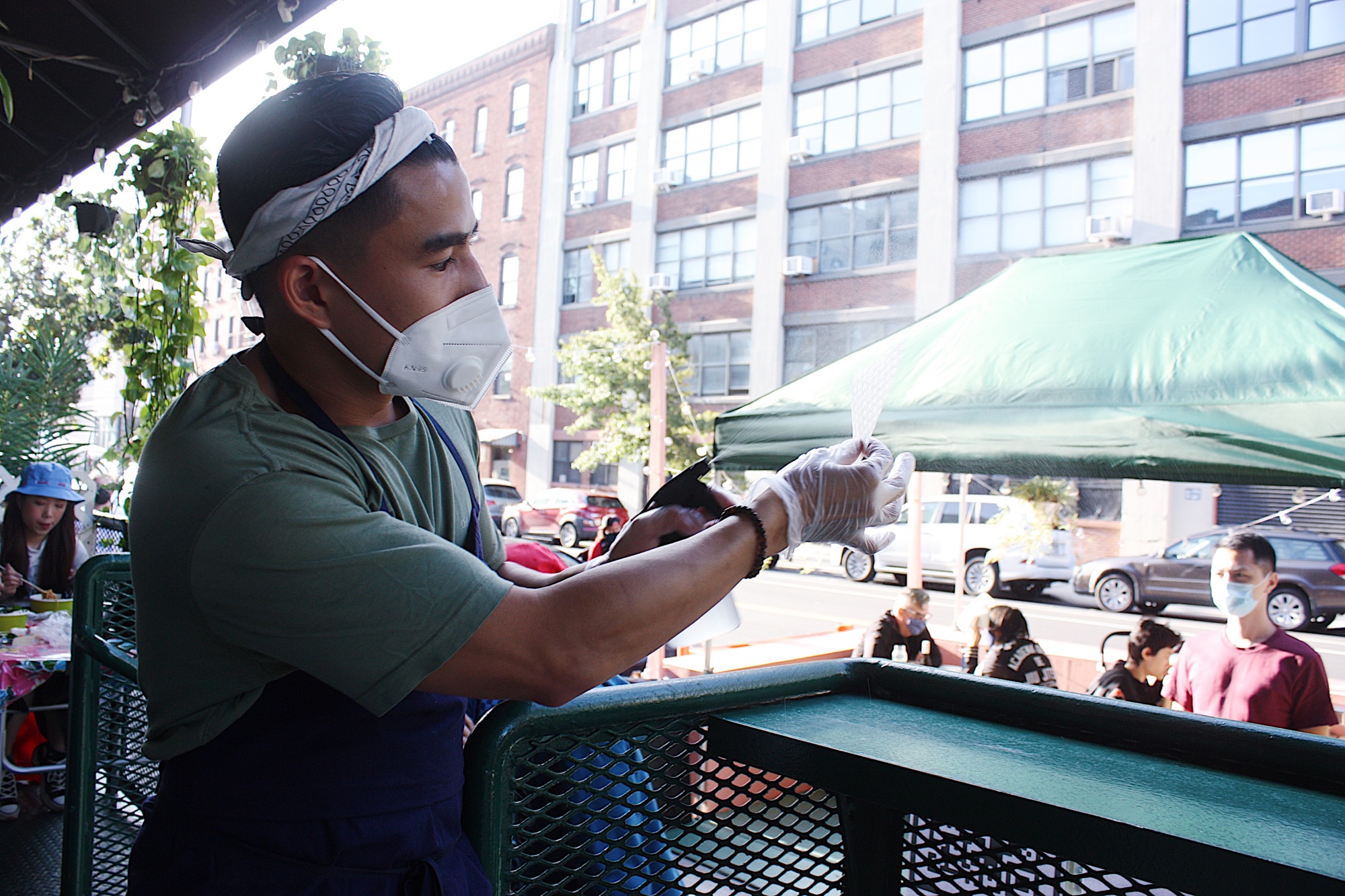
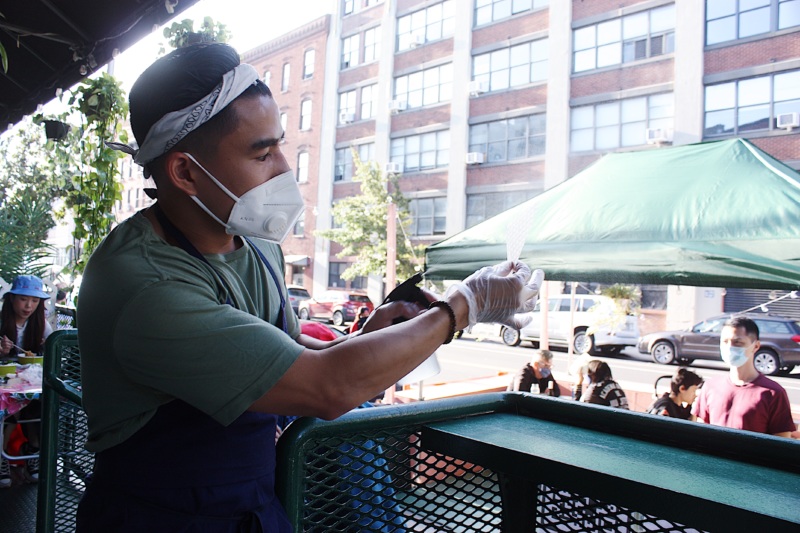
2. The Secret Weapon
The first thing you’ll need to do before assembling your gói cá wrap is to wet the rice paper. But instead of soaking it in water, as is the norm, a spray bottle does the trick here. This idea came from a trip to Danang where Quan first encountered non-dip rice paper, something that’s hard to source here in the States. Countless R&D sessions later, he figured out that using a spray bottle was best for achieving that perfectly “al dente” texture, giving the wrap its toothsome bite.
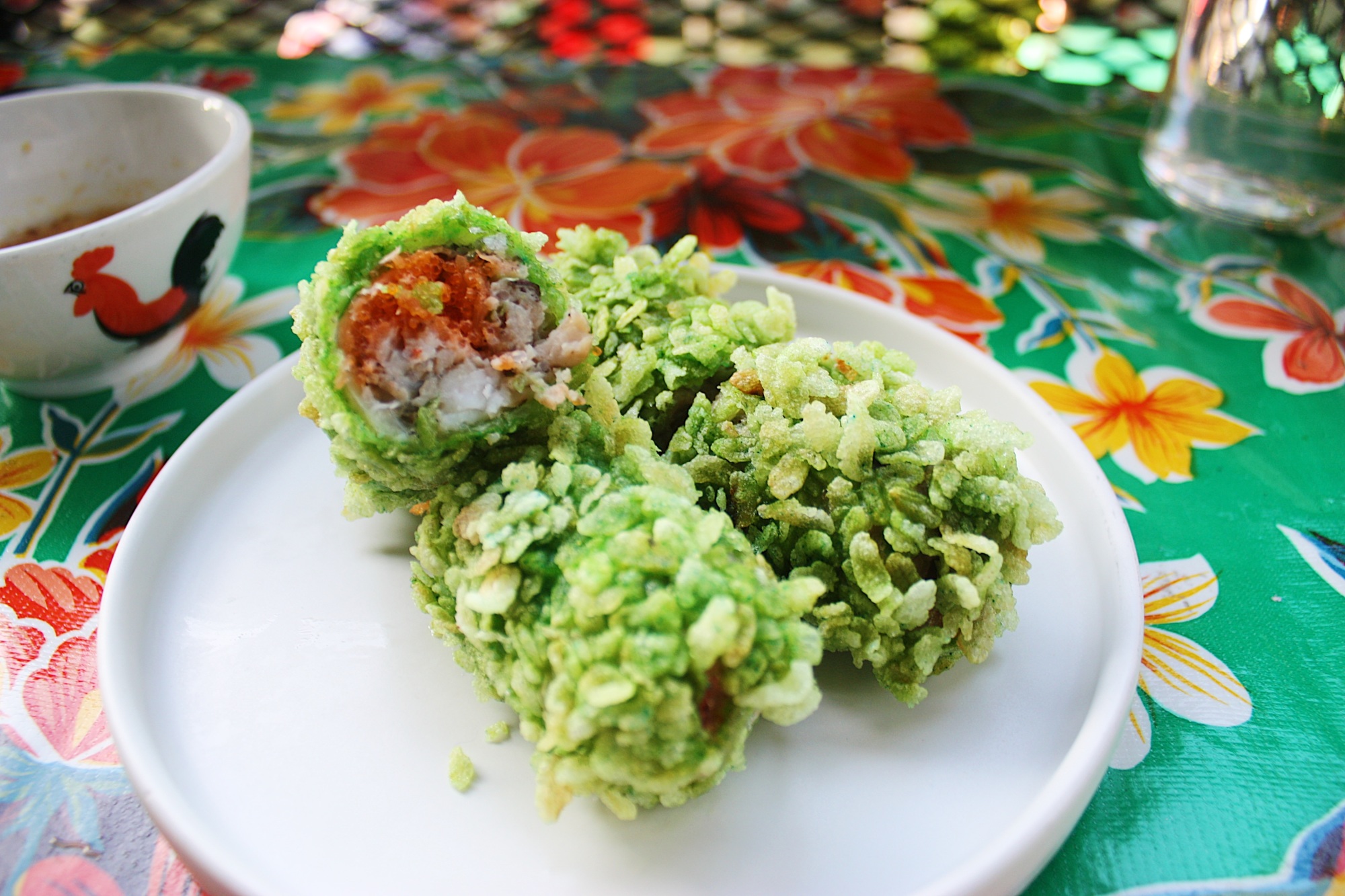

3. The Origin Story
The cá cuộn chiên looks deceptively simple, but making the fried fish roll is a very time-intensive process, says Quan. “It takes, like, two hours to make each individual one.”
The inspiration for this dish came from one of Quan’s trips to Hanoi, where he became a regular at Bún cá Sâm cây Si, specifically for its bún cá (fried crispy noodle soup dish), always ordered with a side of cá cuộn chiên. “I had both of these dishes everyday for a week when I was in Hanoi,” Quan says. “I would peer and see how the owner made them and asked him questions in my butchered Southern Vietnamese.”
4. The Drink Pairing
“I’m a big fan of bubbles and I think that always goes well with anything,” chef-owner Dennis Ngo says. “Specifically, for our barbecue menus which feature a lot of bold and fermented flavors, something dry and crisp, with some bubbles really complements the meal, in my opinion.” Di An Di’s sparkling wines include a cava from Catalunya, and a Super Modeste Pet-Nat from Provence.
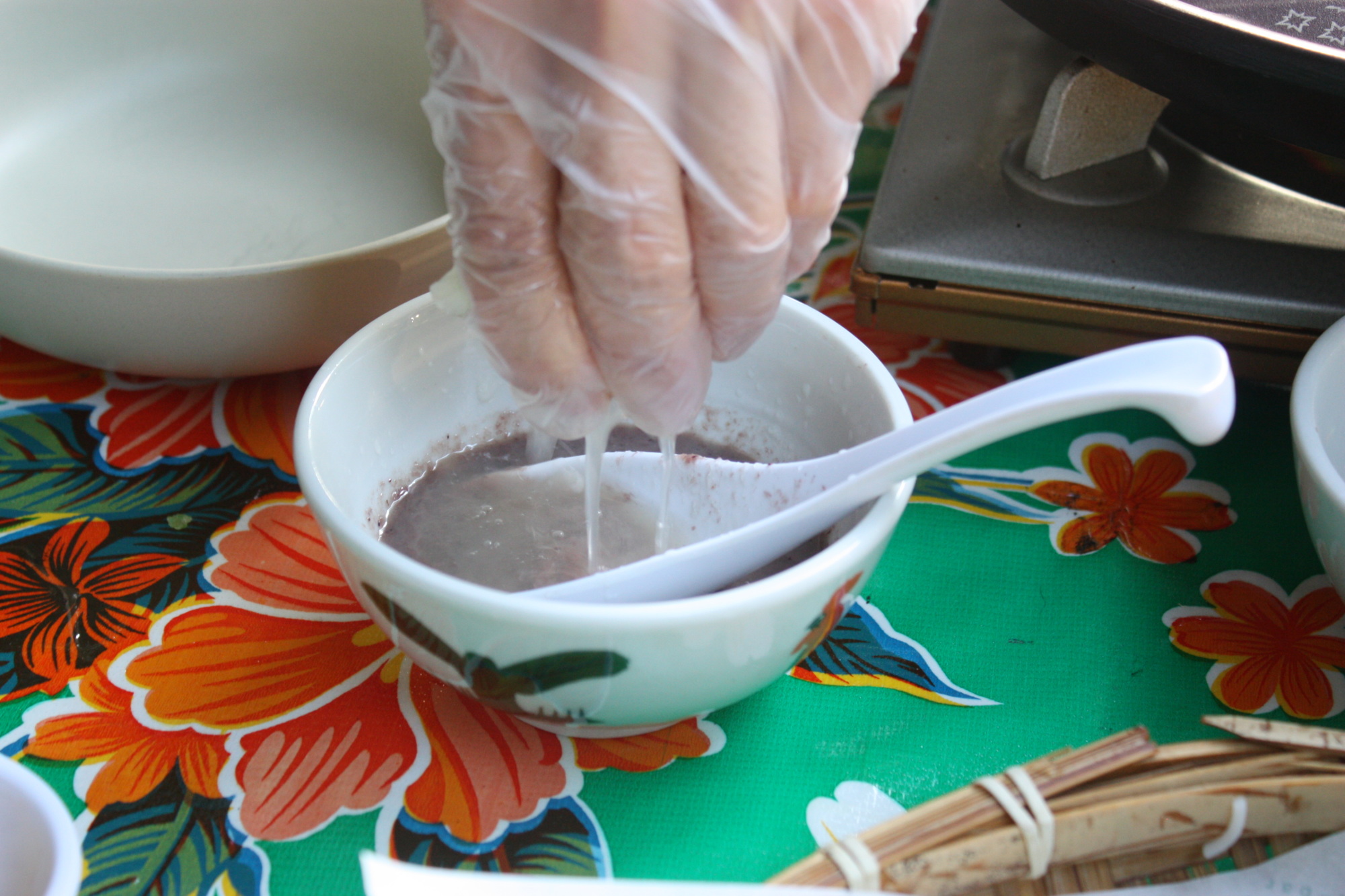
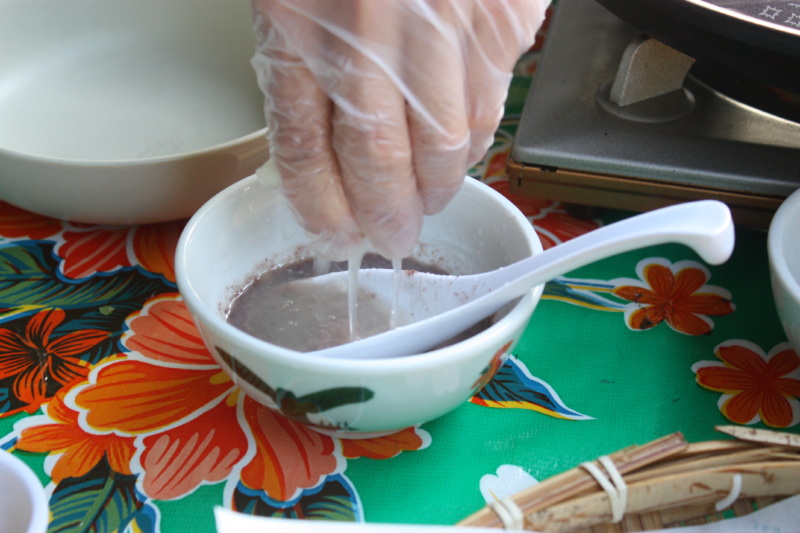
5. The Secret Ingredient
“Do not shy away from the mam tom, the fermented shrimp paste that is part of the third course,” says Hoang. “It’s my favorite. The sauce is an umami bomb: incredibly pungent, salty, and funky in the best way.”
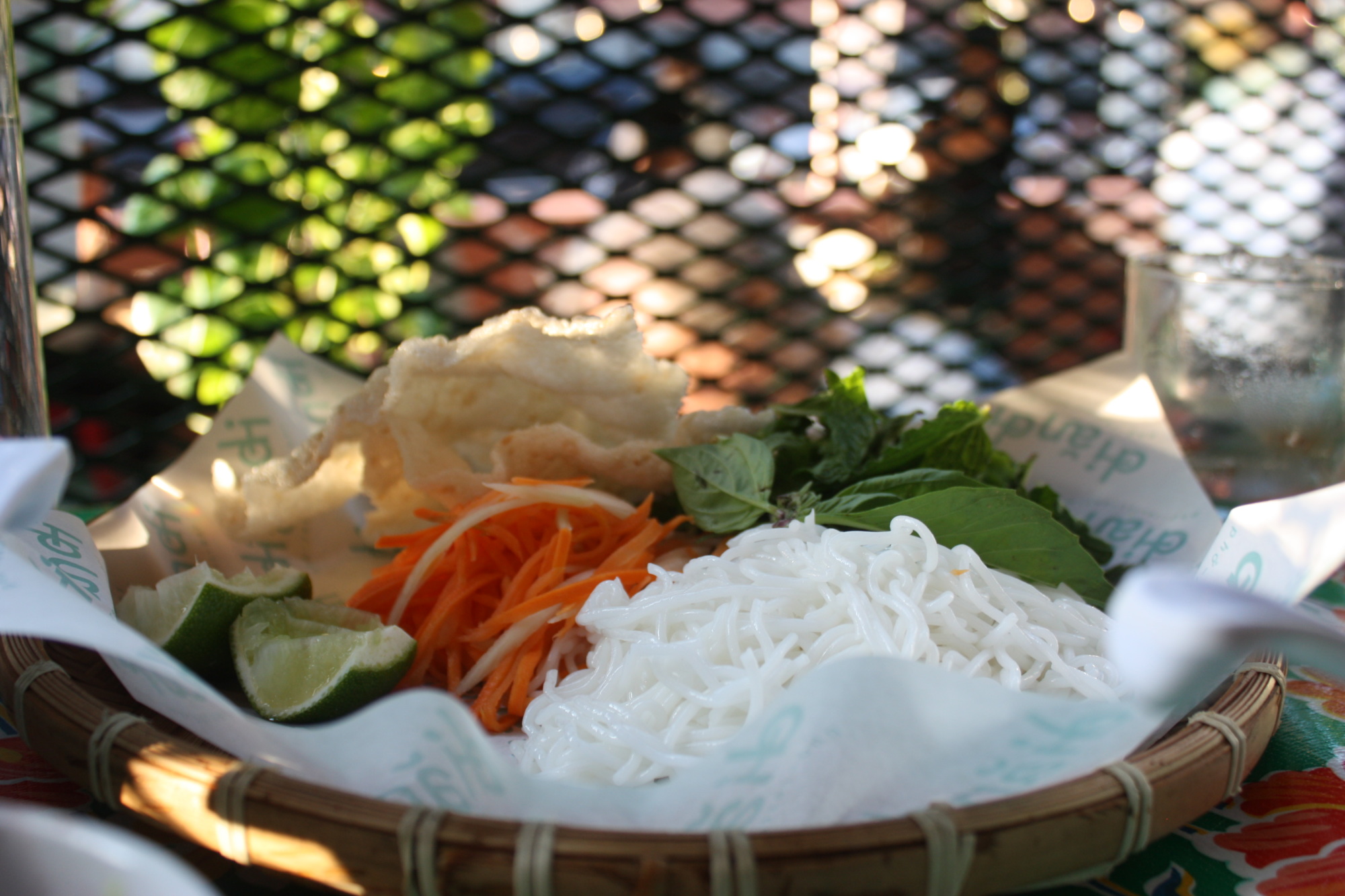
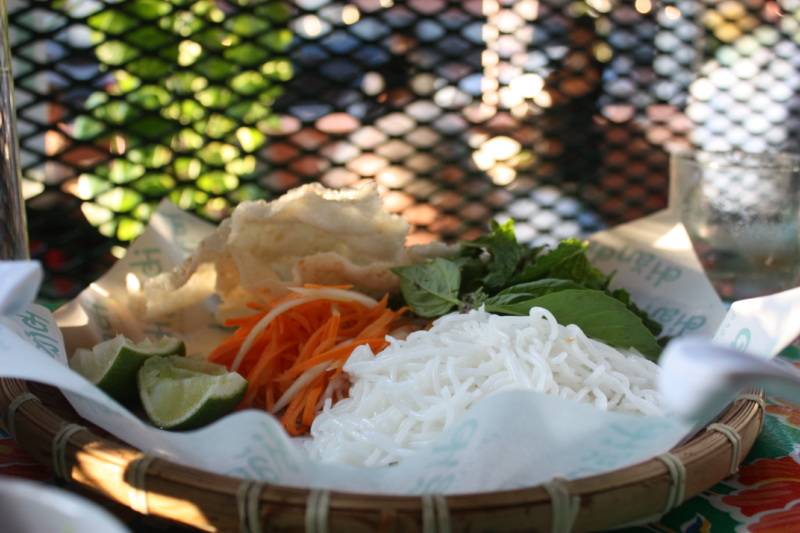
6. The Super Purveyor
The fresh bún (noodles) served in the third course are made by a gentleman named Hau Duc Trinh who crafts them in Raleigh, NC. “He’s great and he is a true artist and making a very specific product that no one else is doing in the United States with the care and attention to detail that he is doing,” say Dennis Ngo. “It is definitely a premium product and is way ahead of the dried bún noodles that are sold in supermarkets,” says Quan Ngo. “It would be like comparing his product to fresh pasta in terms of quality and craftsmanship.”
7. The Kitchen Collab
The dessert course always changes on a weekly basis, and line cooks Cynthia Merino and Crispy Park love collaborating on them together. One of their creations was based on a shared love of s’mores where they each took different components they were each comfortable executing; another recent creation was a calamansi sorbet, laced with mint.
Go even more behind the scenes at Di An Di here.
